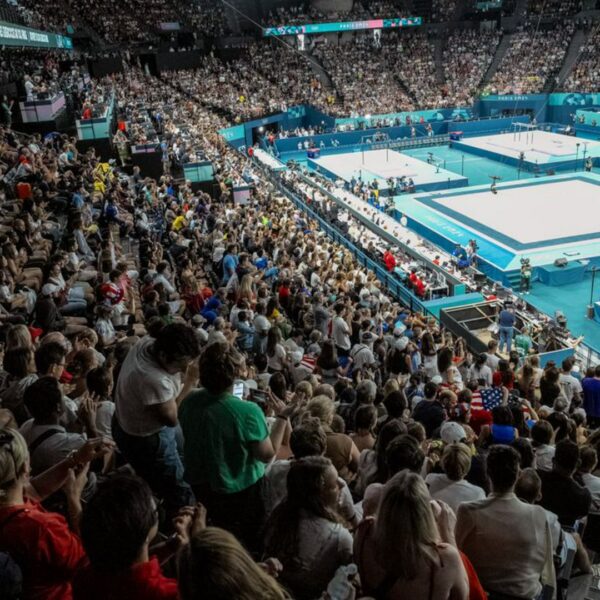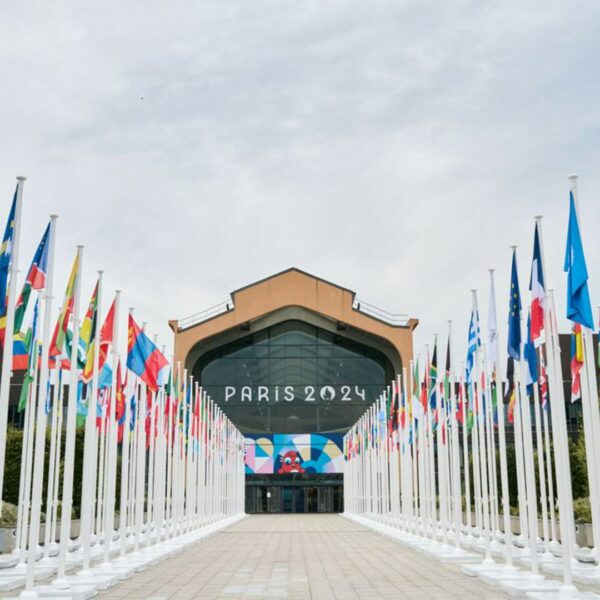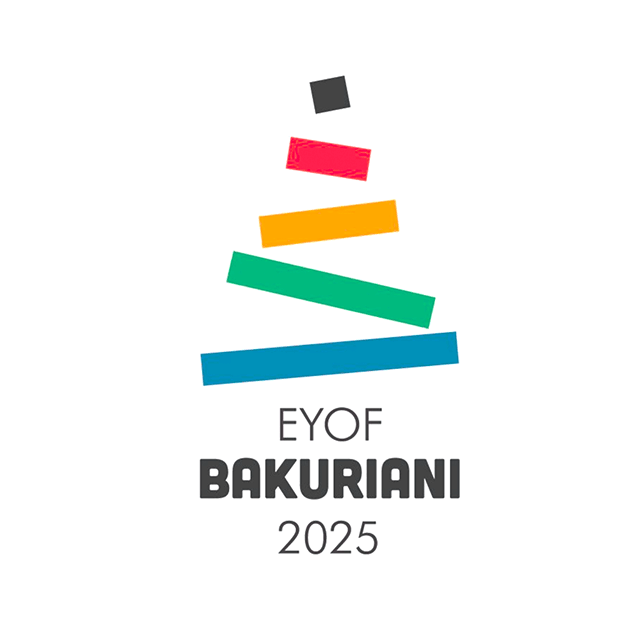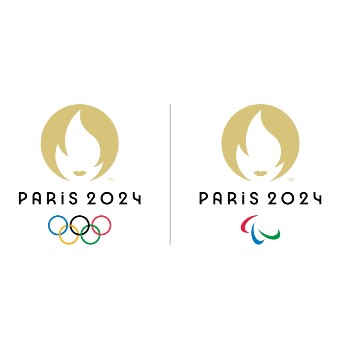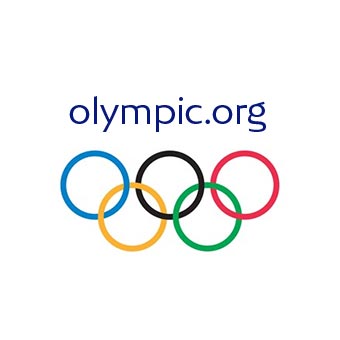Three schools have opened this week and another two are set to be inaugurated next month, fulfilling pre-Games plans for the long-term use of arenas that featured the world’s best athletes at the Olympic and Paralympic Games Rio 2016.
The inaugurations mean that key aspects of the Rio 2016 legacy plans are now materialising, following governance issues during the years after the Games.
“Finally, we will deliver to the population of Rio the legacy of the Olympic Games Rio 2016 from the perspective of sports venues,” said Mayor Eduardo Paes.
Carioca Arena 3
Built as a permanent venue in the Olympic Park that hosted Olympic taekwondo and fencing, and Paralympic judo, Carioca Arena 3 has been converted into a special sports education institution, and was ready for the start of the 2024 school year.
The concept for these institutions was introduced by the city government in 2012 in order to capitalise on the momentum of the Games’ preparation and to support the practice of sports by students in public education. The enhanced sports curriculum has been offered to over 5,000 students across 11 of these schools.
Not only will the converted Carioca Arena 3 be an addition to this roster, it will also be the largest school in Rio’s municipal education network, with its 18,000 square metres, 24 classrooms and sports infrastructure for some 900 students. It has been named after Olympian and Brazilian volleyball legend Isabel Salgado, who died in 2022.
Carioca Arenas 1 and 2
During the ceremony to unveil the new school at Carioca Arena 3, Brazilian President Luiz Inacio Lula da Silva also officially kicked off the work to transform Carioca Arena 2, which was the Rio 2016 venue for Olympic judo and wrestling and Paralympic boccia, and has been under Federal Government management since the Games, into a branch of the Federal Institute of Technical Education. Once ready next year, it will serve 1,400 young people from local communities.
Carioca Arena 1, the largest of the permanent arenas in the Olympic Park and host of Olympic basketball and Paralympic wheelchair rugby and wheelchair basketball in 2016, has remained a multisport venue, frequently used for national and international events.
Arena of the Future
Another concept introduced in the Rio 2016 venue planning was nomadic infrastructure – structures which, after they have served their initial purpose, can be converted for another use. This was built into the project for the 12,000-seat Arena of the Future, which hosted Olympic handball and Paralympic goalball at the Olympic Park, and was always intended to be dismantled and turned into four schools for almost 2,000 students in Rio de Janeiro.
Two of these schools were unveiled this week in low social development neighbourhoods of the city’s West zone, a region that will also host the other two schools due to open in March. They will all adopt a new model of STEAM (Science, Technology, Engineering, the Arts and Mathematics) education schools introduced by the city government.
Olympic Aquatics Stadium
Also originally planned as a temporary venue in the Rio 2016 Olympic Park, the Olympic Aquatics Stadium has been fully dismantled after featuring athletes from Olympic swimming and water polo, and Para swimming events. The Rio city government has announced that one of its swimming pools will form part of a new 234,000-square metre public park also to be built in the West zone.
The three other temporary swimming pools used at the Games (two for training at the Athletes’ Park and one for water polo preliminaries warm-up at the permanent Maria Lenk Aquatic Centre in the Olympic Park) were already disassembled and donated a few years ago.
These have become available for high-performance and recreational use in the Brazilian states of Amazonas, Bahia and São Paulo.
Rio Olympic Velodrome
In addition to providing 2,000 local community residents a month with access to over 20 different sports and recreational activities, and hosting national and international competitions at the Olympic Park, the Rio Olympic Velodrome is being prepared to house the Rio Olympic Museum. The newly created exhibition centre will tell the story of the Rio 2016 Games through technology and interactive displays. Work is underway and expected to be completed this year.










